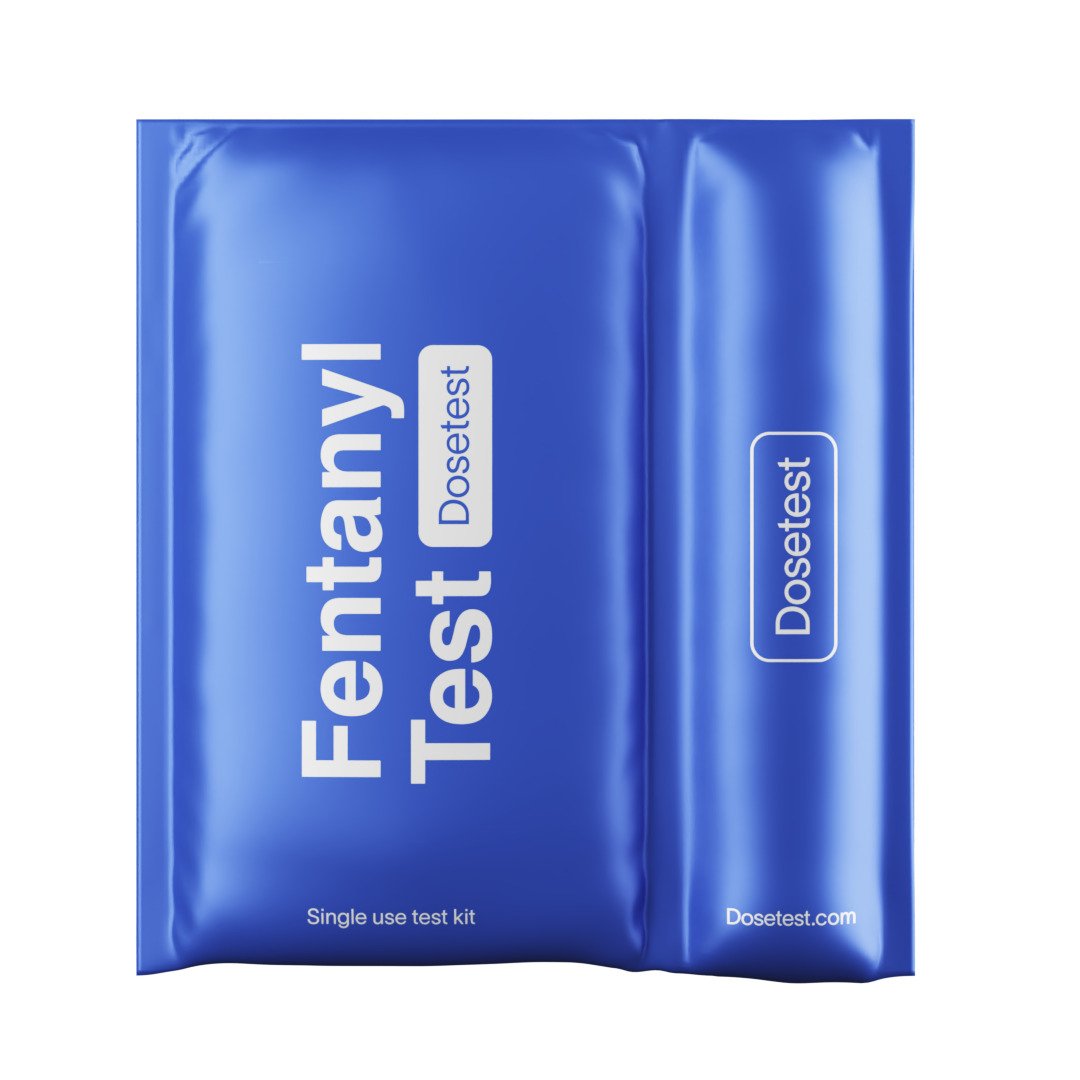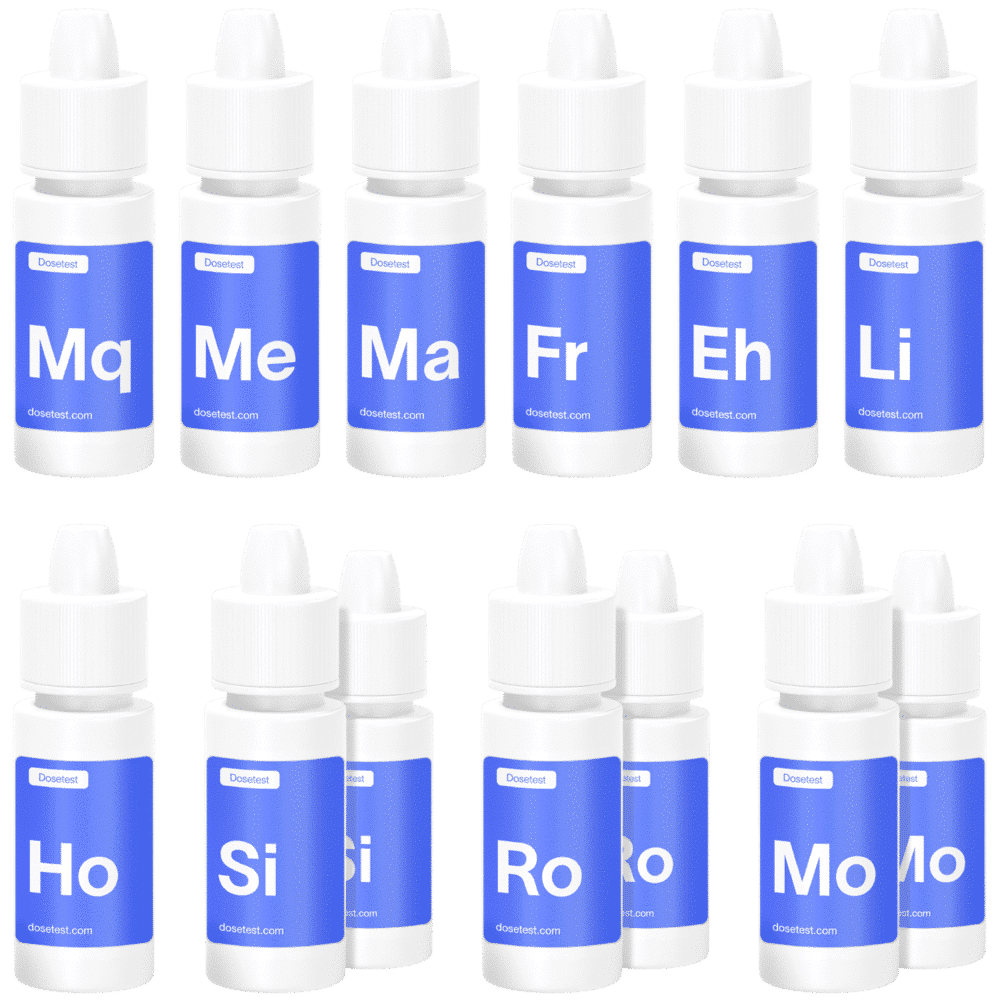A Definitive Guide to Testing your LSD

Thanks to u/decayinghero for drawing our attention to an error in this diagram!
Many of the best-known psychedelics have been a part of human history for as long as we’ve had history to check. The thousands of substances developed in the last few decades have largely failed to unseat these sacred plants in public awareness, and it’s not for want of trying.
You’ve already read the title, so you know we’re here to talk about the exception to the rule. No other substance, at least in the last century, has captured our collective imagination quite like LSD.
Since its first synthesis in Basel in 1943 and the pivotal Orange Sunshine synth in the winter of ‘68, LSD’s popularity has ebbed and flowed over the generations. However, the demand for LSD never completely disappeared, and neither did the supply. This means acid faces the same questions as any other illicit drug: what happens when we experience a sudden spike in supply or dip in demand? LSD may be unique among drugs in many ways, but it answers these questions just like all the others.
Prices will spike, of course, and doses will plummet – 200µg tabs give way to 150µg, then 100 and on to “100”, but our concern is what comes after that. Adulteration is pretty uncommon in LSD, given how little mass there is to bulk out, but total substitution is all too prevalent. In the past, the primary substitutes came from the DOx family – they were relatively similar in terms of subjective experience, simpler to produce (LSD really is hard-mode for clandestine chemists) and crucially, one of the few substances which were active in a similar-enough dose range to be laid on blotter paper – after all, it’s harder to convince someone they’re taking LSD if they need to snort a 20mg line of the stuff to have any effect.
The discovery of the NBOMe family changed things, however. Simpler and much, much cheaper to produce, these compounds quickly overtook the DOxs as the substitutes of choice when swapping out LSD. They’re certainly similar enough that a novice could be fooled, but they would be much more likely to have a terrible time – some folk can tolerate and even enjoy NBOMes, but they’re broadly considered to be more difficult to manage than real LSD, which is already pretty unruly, and are objectively more dangerous.
This is because NBOMes, almost unique among psychedelics, have the potential for fatal overdose. Don’t get us wrong, it’s entirely possible to take too much of any psychedelic and equally possible to die as a result, but it isn’t going to be because the drug itself has shut down any vital organs. NBOMes, meanwhile, can and have killed their users through tachycardia (massively increased heart rate), leading to cardiac arrest or stroke. This threat is compounded by the unpredictability of the stuff: the same dose could induce a light-to-moderate trip in one person and kill another.
We try not to deal in scare tactics, but it’s hard to look at NBOMes and not consider them to be scary stuff. Fortunately, all it takes to check what you’re taking is a simple testkit.
What do the statistics show?
While we can’t tell you what’s in your stash specifically, we can look at the results of analysis conducted around the world to see a vertical slice of what’s in circulation.
Take Portugal’s Boom Festival, for example: 245 samples sold as LSD were submitted to the drug checking service offered in their 2014 event.
67.3% of the alleged LSD samples tested contained only LSD
0.8% contained LSD combined with adulterants, likely debris from re-used baggies
24.1% contained no LSD at all but did contain another psychoactive substance, including 11.4% that were 2,5‐dimethoxyamphetamine (DOC) derivatives, and 9.8% that were N‐benzyl‐2,5‐dimethoxyphenethylamine (25I-NBOMe) derivatives.
7.8% did not contain any psychoactive substance to speak of.
Knowing your obstacles
In principle, testing LSD is pretty similar to testing anything else. In reality, however, there are complications:
- Reactions can be less obvious – the quarter-tab you use to test may contain barely over a thousandth of the dose you may use to test MDMA or cocaine
- The delivery medium can change your results – that quarter-tab is going to be 99% ink/paper by weight, after all, so we can expect the results to be a little different compared to crystal or liquid acid. If you’ve got a geltab, microdot or, God help you, some kind of candy, those results may change even more.
- The timeframe can be totally different – in most drugs, reactions take no more than 30-60 seconds. Depending on the medium used, LSD tests can take anywhere from 5 to 15 minutes.
- It needs very specific testkits: Because LSD is so structurally distinct from most drugs, the primary reagent used for testing it is used pretty much exclusively for that purpose.
That last point is pivotal – DoseTests’s Results Tool includes results for most different media (a geltab being broadly comparable to blotter) but using a candy renders testing all-but-impossible. You may be able to test these effectively, but our honest advice would be simply to avoid them entirely – they might be fun, but they’re unbelievably impractical.
For the others, though, we can broadly use the regular testing procedure. We’ll run through that here, but you can find a more comprehensive guide to general reagent testing here. Before we begin, we’ll need to prepare our samples for testing.
Preparing your sample
Blotter No action required, really – you’ll probably want to cut it into pieces rather than using a whole tab for each test, though.
Liquid This is a little more complicated – simply mixing a drop of LSD with a drop of your reagent won’t produce much in the way of results, as this would interfere with the acidity of the reagent. In this case we would recommend dropping a drop of LSD onto your testing surface in advance and leaving it to dry – the liquid will evaporate and leave just enough crystal LSD to test.
Microdot These are really tough to test, as there’s a lot less LSD per gram than you’d usually find and as such, reactions are pretty minimal. They’re still worth doing, of course, you just need to be extra observant when it comes to looking for a response to Ehrlich reagent.
Gel tabs You might expect the gelatin to interfere with results and it’s certainly possible, but in most cases this seems not to be the case – you can treat these in broadly the same way you’d treat a tab.
Sugar Cube In theory, you can simply crush the sugarcube and test like that – we’ve seen LSD give positive Ehrlich reactions in such conditions before, but given the low concentration of acid in the sample it might be a close call.
Gummy Bear (or other candy) Honestly, just find a lab-testing service and send it to them. We’re all for reagent testing (naturally) but it has its limitations. The dozens of other chemicals present in those things can have any number of unexpected effects on your reagents, so let’s leave these to the professionals.
Running your test
Step 1 Once you have your sample, testkit and clean white surface ready (a clean, dry dinner plate or the underside of a mug are ideal), place the sample onto the surface.
Step 2 Add a drop or two of Ehrlich reagent. This stuff is LSD’s acid test, so to speak, the first indicator of whether what you’ve got is acid or not. LSD in any form will slowly turn Ehrlich reagent pink, then purple over time, while DOxs and NBOMes won’t react with it at all. Some 2Cs and tryptamines will create a purple colour but as we discussed above, these generally aren’t used as LSD substitutes because they’d be inactive at this dose. Ehrlich may also test positive in response to melatonin or 5-HTP though, so a sneaky dealer may add this to trick the test.
Step 2b You may have seen some talk of “Hofmann reagent”: this is an adaptation to the Ehrlich reagent, which makes it incredibly specific to LSD. While we can’t comment directly on all the analogues as of yet, the prevailing wisdom at the moment is that the only substances to produce the pink/purple reaction in Hofmann reagent are LSD itself and a close analogue called ETH-LAD. We have now added Hofmann reagent to the arsenal we offer, but will continue to offer Ehrlich reagent – it’s still valuable for testing other substances, as well as testing LSD in media that are less inclined to produce a response, like microdots or gels.
Step 3: Many people will stop after Ehrlich/Hoffmann, but that won’t rule out all possibilities by itself – adding another test or two effectively multiplies their efficacy. The next task is to repeat steps 1 and 2 using Marquis reagent. In microdots, you can expect no response at all while liquid will produce an obvious olive-black, with tabs falling somewhere in the middle. Our likeliest substitutes, meanwhile, will produce a whole rainbow of responses in Marquis reagent, with one key exception: DOM doesn’t react with Marquis, meaning that we can’t yet rule it out (unless you’re completely confident in your subtle Ehrlich result from Step 2, of course, but we prefer to err on the side of caution).
Step 4 Our final test is with Froehde reagent. The procedure is again the same, but with a much narrower range of possible options thanks to our preceding tests. In most cases, LSD won’t react with Froehde whereas DOM (and most other possible substitutes) will produce a vivid yellow/green. If you’re using liquid LSD, Froehde reagent may produce a slight yellow/green tinge to that as well, but since liquid LSD is consistently differentiated from DOM by its olive-black Marquis response, we have already ruled this out.
Some close relatives of LSD may test identically to LSD with all these reagents. At that point, though, you’re testing for curiosity more than anything – these substances are so closely related that the difference in experience is as imperceptible as the difference in test results. Hopefully, with the benefit of your testkit and this guide, you can go into your next trip with a little more confidence and have a better time for it.


